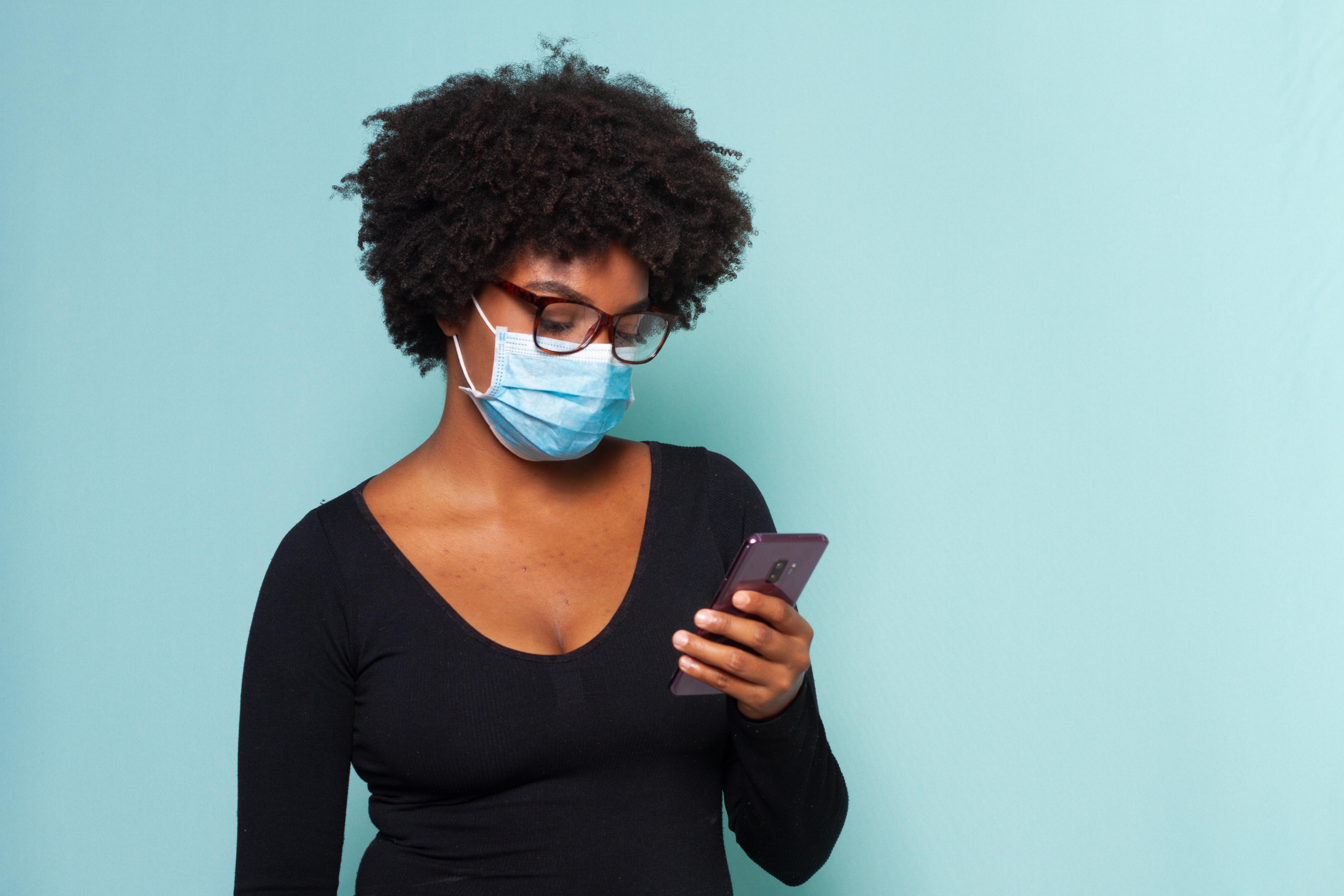How many young Americans identify as 100% heterosexual? Where do LGBTQ people live? In what countries is same-sex activity punishable by prison or death? These are all things the stats can tell you, and Bennett Singer has spent the last few years collating the most recent research to paint a data portrait of LGBTQ life in the US. Creating the book was as eye-opening for Bennett as it will be for readers, from how many same-sex couples are raising children in Mississippi, to the stigma against bisexual people and the knock-on effects that has in health risks. The truth is in the numbers, and understanding what the lives of LGBTQ people are like is the path towards better policy decision and individual interactions. Bennett Singer’s most recent book is co-authored with his husband, David Deschamps: LGBTQ Stats: Lesbian, Gay, Bisexual, Transgender, and Queer People by the Numbers.
Bennett Singer is the editor of Growing Up Gay/Growing Up Lesbian (a Lambda Literary Award finalist) and 42 UP, both published by The New Press. He co-directed Brother Outsider: The Life[…]
If you want to know the state of equality in the US, statistics are a good place to start.
▸
5 min
—
with
Sign up for the Smarter Faster newsletter
A weekly newsletter featuring the biggest ideas from the smartest people
Related
Bennett Singer explains why coming out matters—for the LGBTQ community and the straight community alike, and especially for those who are not in a safe position to do so.
▸
4 min
—
with
Dunbar’s number is a popular estimate for the maximum size of social groups. But new research suggests that it’s a fictitious number based on flimsy data and bad theory.
People often divide the world into “us” and “them” then forget about everybody else.
Could we have predicted COVID-19 through social media trends?
Poland has become an increasingly unwelcoming place for the LGBTQ community. Fifty diplomats hope to change that.






